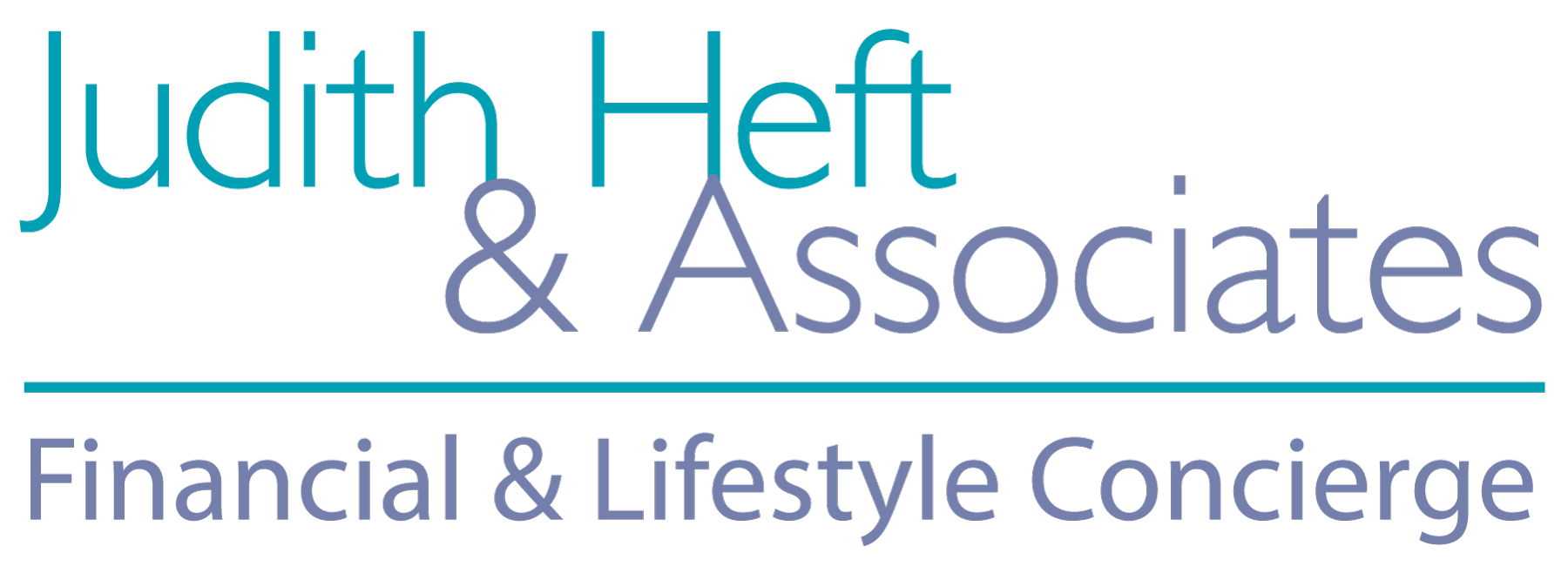Mortgage interest rates rose in a big way on Friday, just as inflation runs rampant and the Fed raised interest rates. After this double insult — which feels like a slap in the face for many — interest rates are now hovering around: homebuyers must contend with:
- 4.59% — 30-year, fixed
- 4.37% — 20-year, fixed
- 3.76% — 15-year, fixed
- 4.04% — 7/1 ARM
- 4.04% — 5/1 ARM
High interest rates can change the landscape of the housing market for obvious reasons. Some existing homeowners have mortgages that are directly tied to the Fed rate, and some would-be homeowners are finding themselves frozen out of funding. That’s because Debt-to-Income ratios are playing a bigger part in lenders’ decisions, and people who once qualified for one loan are now ineligible for that same loan today.
One way to reduce your Debt-to-Income ratio is to simply reduce the amount of debt you have. I’ve worked with all types of spending plans. Someone who would like to reduce their overall debt is a perfect candidate for The 50-30-20 plan:
- 50% of your income should go to your fixed expenses
- 30% is discretionary
- 20% goes to savings
Sticking to the plan is a proactive, rather than reactive, way to reduce your Debt-to-Income ratio. The biggest threat to any spending plan or to-do list is having items that you continually ignore or forget about — be practical enough to change your spending plan if you wind up “living a lie.” Make sure your spending plan reflects your lifestyle, cut yourself some slack, and take a long-term view of your finances. And know that falling off your horse and getting back on it is a time-honored tradition shared by most successful people!
Whether you need a coach, a bookkeeper, or help with bill-paying, JHA can assist. Contact us to learn more.


Recent Comments